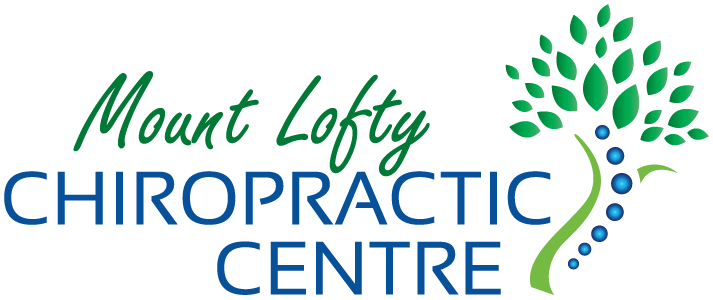
 Your shoulders are composed of large muscles that regularly exert themselves when carrying, lifting, pushing, and pulling. All these movements you will do countless times over your lifetime. Because of the extent of its use, shoulder injuries are commonplace.
Your shoulders are composed of large muscles that regularly exert themselves when carrying, lifting, pushing, and pulling. All these movements you will do countless times over your lifetime. Because of the extent of its use, shoulder injuries are commonplace.
‘Shoulder’ is a colloquial term used to describe a four jointed system:
[su_list_fav]- Linking the shoulder blade (scapula) and upper arm (humerus) is the glenohumeral joint. The muscles surrounding this structure are known as the rotator cuff.
- Connecting the collar bone (clavicle) and scapula is the acromioclavicular joint.
- Joining the clavicle and breastbone (sternum) is the sternoclavicular joint.
- Finally, the so-called ‘virtual joint’ between the chest wall and scapula.
Shoulder injuries will typically involve these joints and any surrounding musculature; damage to the elements of this system will limit specific ranges of motion. The shoulder is actually capable of a broader range of motion than any other part of the body, able to assume approximately 1600 different positions. Unfortunately, this carries with it a resulting instability that often results in injury.
Life can bring activities and sports that can result in some common injuries involving the shoulder. Sports such as tennis, golf, swimming, soccer, wakeboarding or water skiing, even home maintenance work can all cause shoulder problems. Any activity that uses repetitive overhead motions or sustained postures can result in inflammation of tendons in the shoulder, leading to tendinitis.
The most common shoulder problems are the following:
Impingement Syndrome – the rotator cuff tendons become pinched in the joint due to narrowing of the joint space; this is commonly due to either inflammation or arthritic changes.
Bursitis – inflammation of the bursa (fluid-filled sacs) around the shoulder that are normally present to provide cushioning.
Muscle Strain – this occurs in the upper shoulder muscles such as the upper trapezius or in the deltoid muscle at the side of the shoulder.
Some other complaints include:
- Dislocation
- Separation
- Rotator cuff disease
- Rotator cuff tear
- Frozen shoulder
- Fracture
- Arthritis.
Shoulder injury symptoms typically include shoulder pain, shoulder weakness, a stiff shoulder and shoulder joint instability. Shoulder pain and shoulder injuries frequently occur due to trauma or sporting overuse.
The symptoms and treatment of shoulder problems vary, depending on the type of problem.
If you notice pain or soreness in your shoulder following any repetitive activities or sports it is important to use a cold pack for 10 minutes 3-5 times per day to help decrease inflammation. If symptoms persist or worsen it is advised to visit a qualified medical professional to further assess your shoulder problem.
